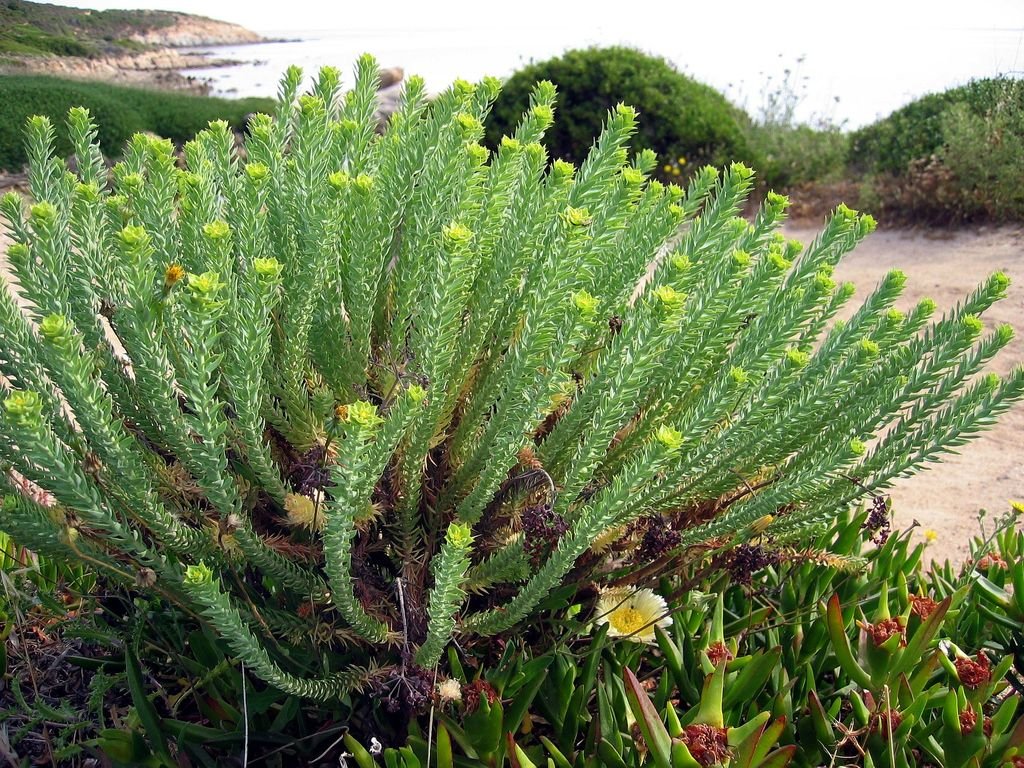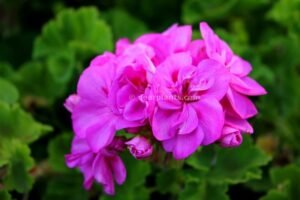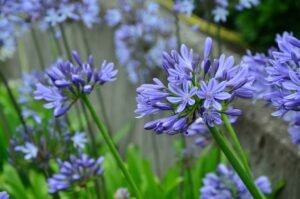Sea spurge (Euphorbia paralias) is a perennial plant that can grow 50cm – 1.5m tall and 10cm – 50cm wide. In this growing guide we’ll learn the cultivation details and how to plant Sea spurge (Euphorbia paralias).
This plant is commonly known as sea spurge.
This is a deciduous plant that takes 2-5 years to reach full maturity.
In this article
Plant profile
Common name: sea spurge
Scientific name: Euphorbia paralias
Plant type: Perennials
Habit: Clump-forming
Height: 50cm – 1.5m
Spread: 10cm – 50cm
Foliage: Deciduous
Sunlight: Full Sun
Soil: Sand
Moisture: Well drained
Garden type: Coastal, Rock & Gravel Garden
Seasonal colors
| Season | Stem | Foliage | Flower | Fruit |
|---|---|---|---|---|
| Spring | ||||
| Summer | ||||
| Autumn | ||||
| Winter |
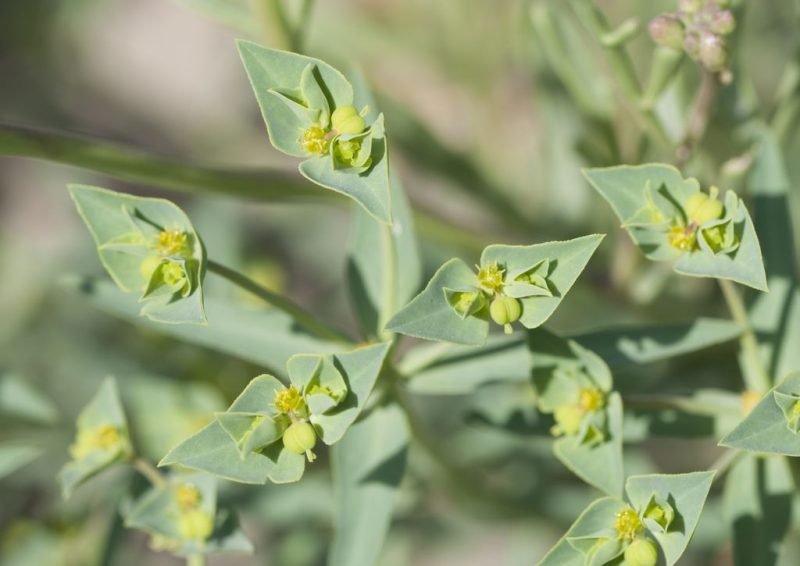
How to plant Sea spurge (Euphorbia paralias) – Zeynel Cebeci, CC BY-SA 4.0, via Wikimedia Commons
Perennial plants are one of the largest groups of plants.
They offer color, shape, fragrance and seasonal textures. The variety is such that there are plants to suit all sizes and styles of garden.
Traditionally, perennials are grown in borders, using a wall or hedge as a backdrop to bring out all their splendor during summer.
But since most gardens are not large enough for long borders dedicated exclusively to perennials, they are usually planted in mixed borders and beds, along with shrubs, annuals, biennials, and bulbs that extend the season of interest.
[yarpp template=”yarpp-template-genus” require_tax='{“genus”: 1}’]
How to plant
In this section we will learn how to plant Sea spurge (Euphorbia paralias), know its needs in terms of soil, watering and sun exposure.
Soil
Sea spurge (Euphorbia paralias) is a plant that grows in sand conditions. It is not very sensitive to soil acidity or alkalinity and grows well in soils with pH acid, alkaline or neutral.
Regarding drainage, Euphorbia paralias likes to grow in well drained soil.
Sunlight
Sea spurge (Euphorbia paralias) should be grown in full sun places.
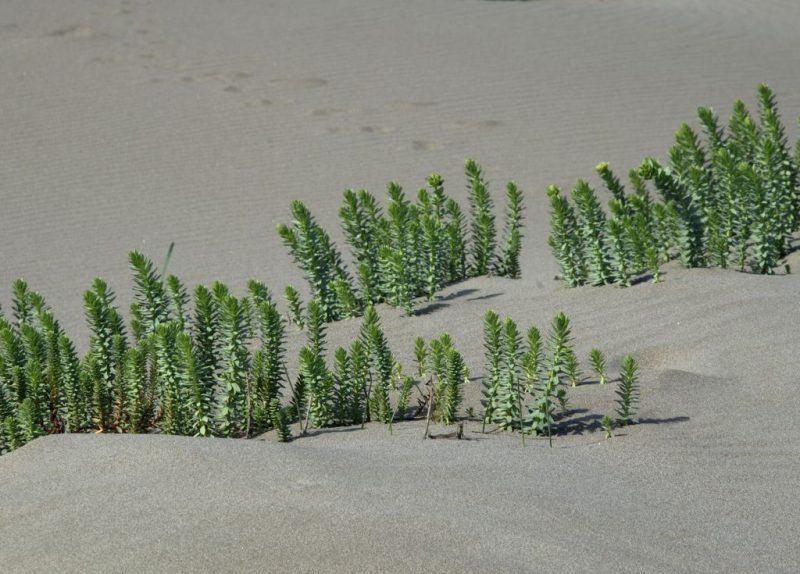
Cultivation profiles – Growing Sea spurge (Euphorbia paralias) – Zeynel Cebeci, CC BY-SA 4.0, via Wikimedia Commons
